With teacher strikes wreaking havoc on school timetables this month, we asked local authorities how they decide to close schools and why some are able to stay open when others aren’t.
Scotland’s largest teachers’ unions called on primary and secondary teachers to strike across two days last week. Because of this, most councils were forced to close schools for one or two days.
But not every council took the same approach. For the most part, size and scope dictated each council’s strategy.
Larger local authorities aren’t always able to assess each school individually, whereas smaller councils are more likely to keep some schools open where they can.
With two more rounds of strike action threatening from this week through mid-April, councils are going to have plenty of reasons to put these policies into action.
Size matters
Highland Council has one of the largest school estates in the country with more than 200 schools and nurseries under its control. The local authority stretches across 15,944 square miles. (For comparison, Scotland’s smallest council area, Dundee City, sits within 37 square miles.)
In smaller local authorities, particularly the island councils, education officials can take a more piecemeal approach to school closures. The Educational Institute of Scotland (EIS) is calling out its members in Orkney to strike on Wednesday January 18.
Late on Friday evening, the council announced that it would close schools and nurseries on a case-by-case basis.
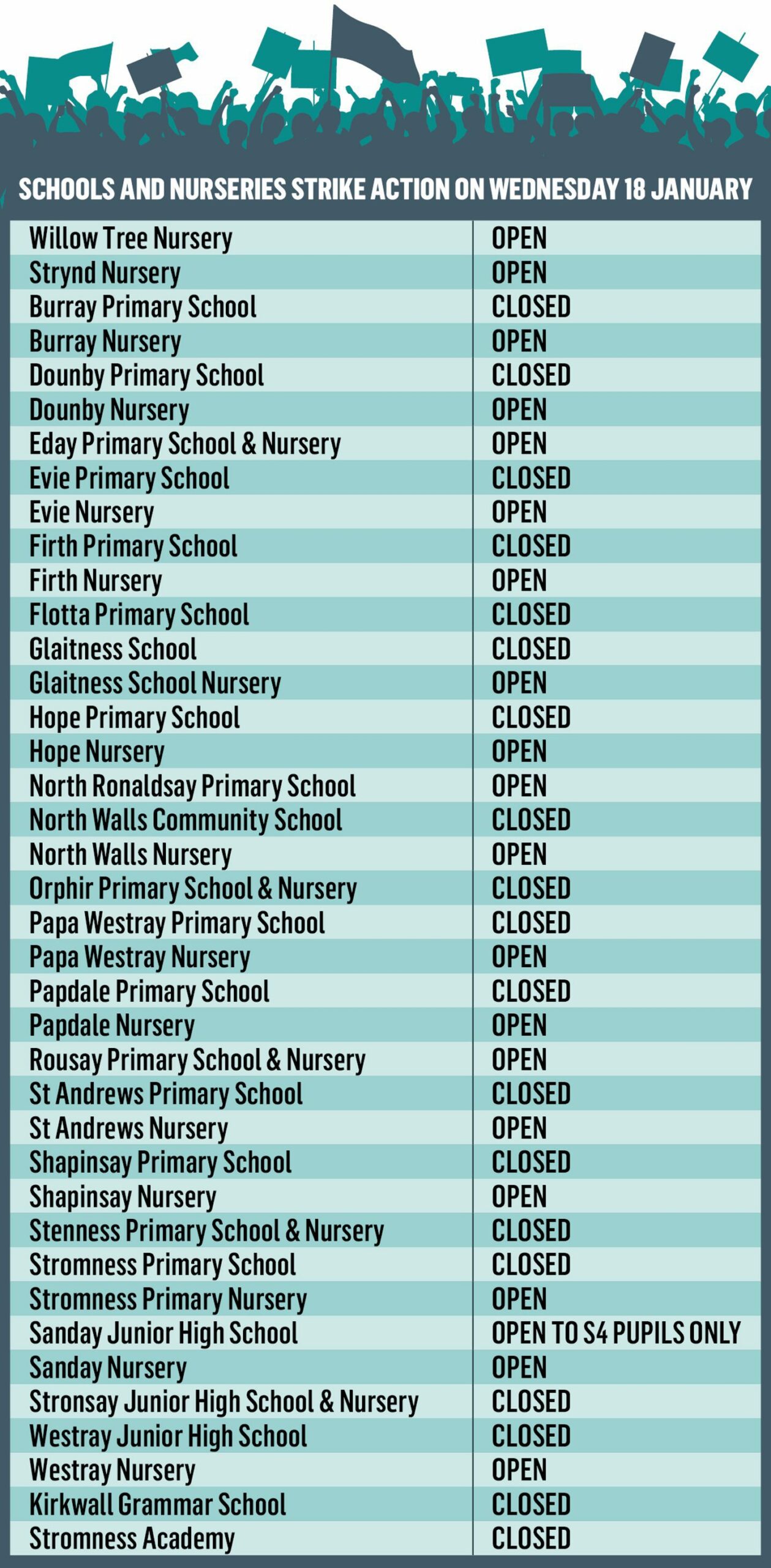
The council’s staggered approach is in keeping with how the island councils have approached strike action this school year. When teachers struck at the start of the January term, Shetland and the Western Isles were both able to keep certain schools open.
Cullivoe Primary School, with a student population well below its 45-pupil capacity, managed to stay open during both EIS strikes in November and January. A council spokesman said that this was due to the school’s low union membership.
Individual employees must be considered
Unions provide councils with a full list of union members in their area. A spokesman for Aberdeenshire Council said that education officers are able to cross-reference that list with staff names at each school.
He said that staffing levels at each school are the main factor for deciding which will have to close.
According to a spokeswoman for Orkney Islands Council, some staff members’ absences weigh more heavily than others.
That’s because the staff at a school may have additional roles beyond their standard teaching, sanitation or food service jobs.
“In addition to having reduced numbers of staff within the buildings, consideration must also be given to health and safety.
“For example, schools and nurseries must have fire safety procedures and first aid covered, and [we must consider] whether or not there can be any school meal and cleaning provision.”
Safety a top priority
Depending on whether a school is a special school or a mainstream primary or secondary, it will have different safety requirements.
Highland Council recently found itself in hot water over the decision to close its special schools over two consecutive days of strikes on January 10 and 11. Mainstream schools in Highland only missed one day each.
And in Aberdeenshire and Aberdeen City, special schools only closed for one day.
A parent from Inverness lodged a formal complaint with Highland Council. They said closing special schools for longer than others added up to discrimination against disabled students.
But Highland Council said there was no intention to discriminate against special schools. An officer explained that teachers at special schools don’t necessarily adhere to traditional teaching roles or work only with specific grade levels.
This makes meeting safety regulations and pupil-staff ratios more complicated, she said.
How do you check for school closures?
Councils keep tabs on which schools have to close and when. But the best place to go for information is always straight to your school’s head teacher.
You can check on closures every day in each local authority by checking the council website’s school closures page. The P&J also keeps tabs on school closures across the north and north-east, with updates every day there are closures.
And if schools have to close due to the upcoming strike action, most councils announce those decisions the week before the strikes are scheduled to take place.
Read more from the Schools and Family team
Former Gordonstoun chairwoman reflects on her recent OBE and her role as an education trailblazer
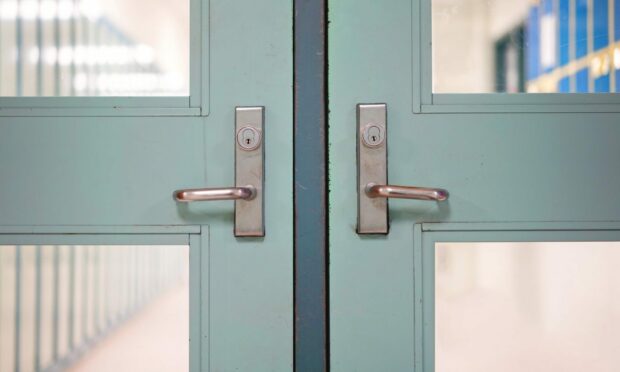
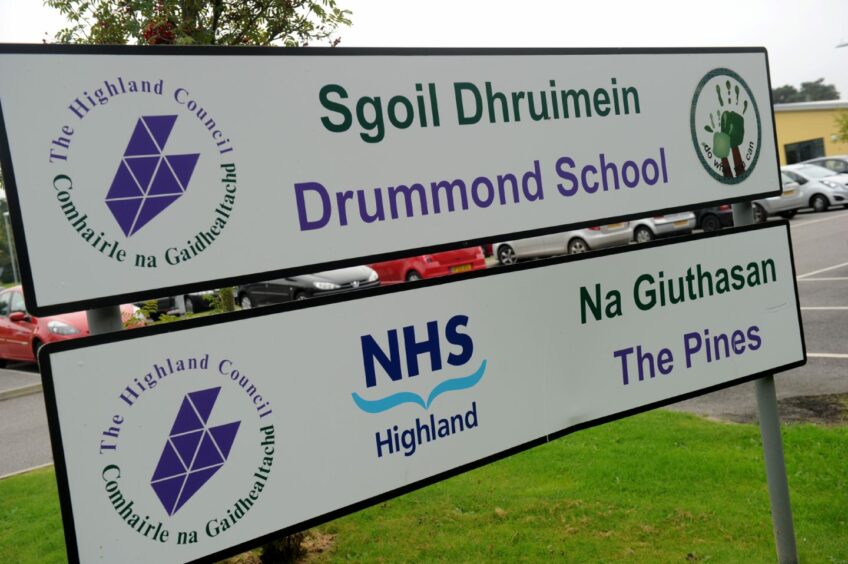


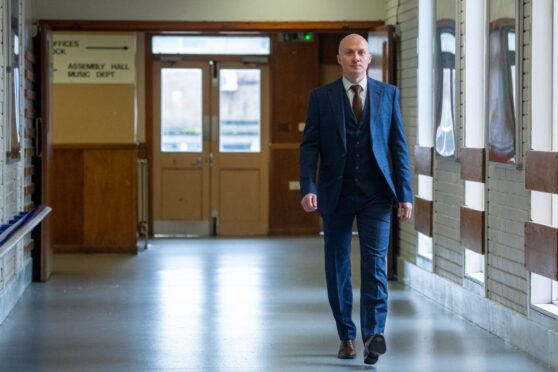
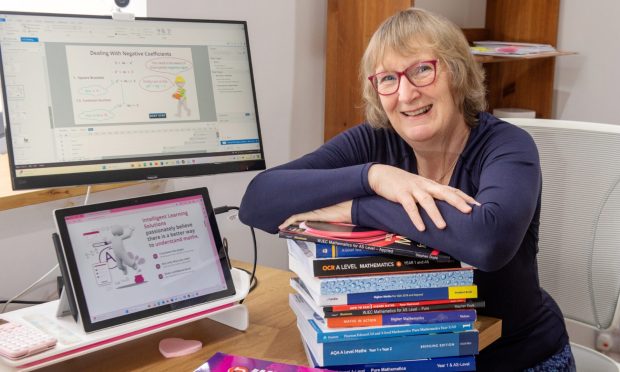
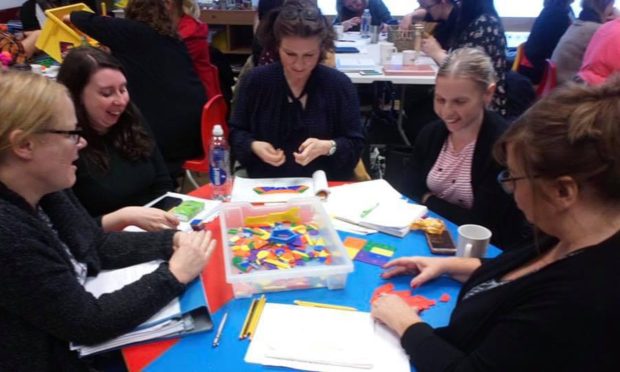

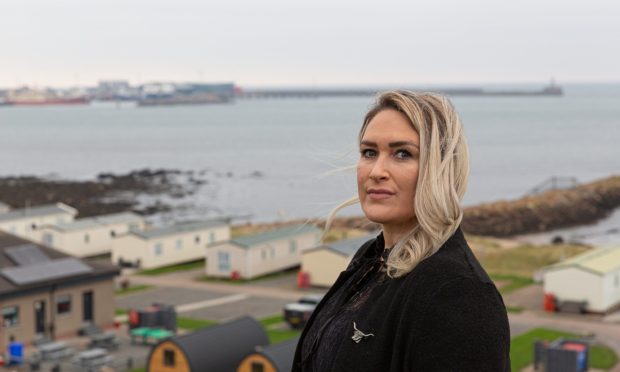
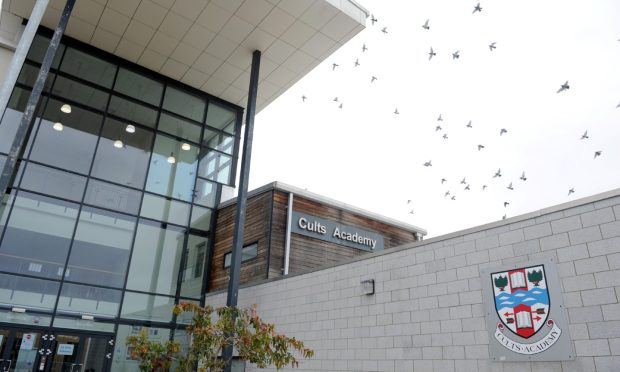


Conversation